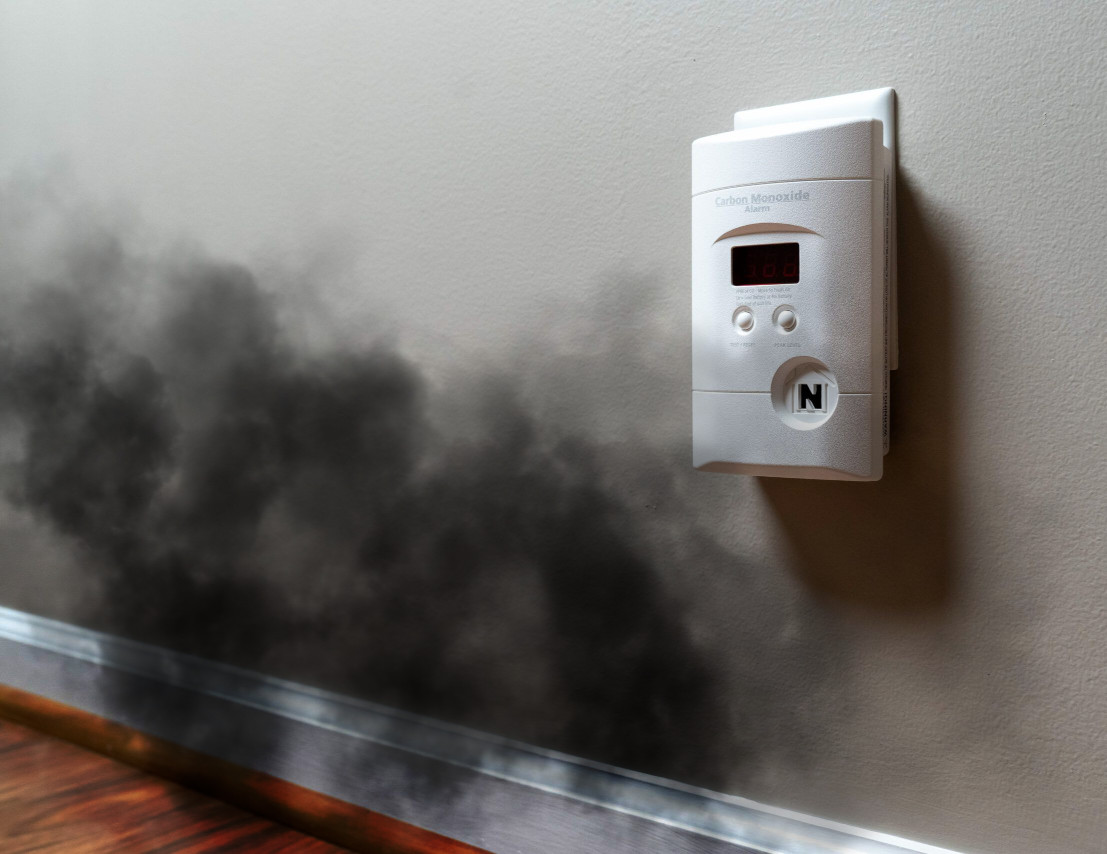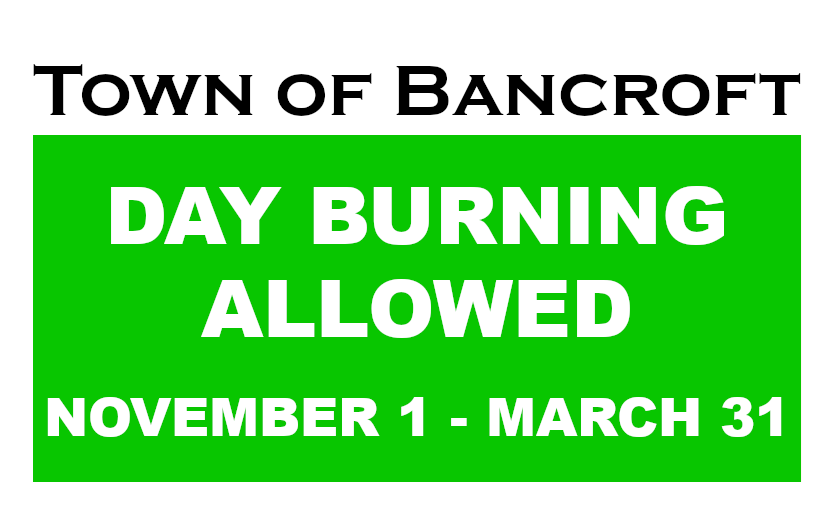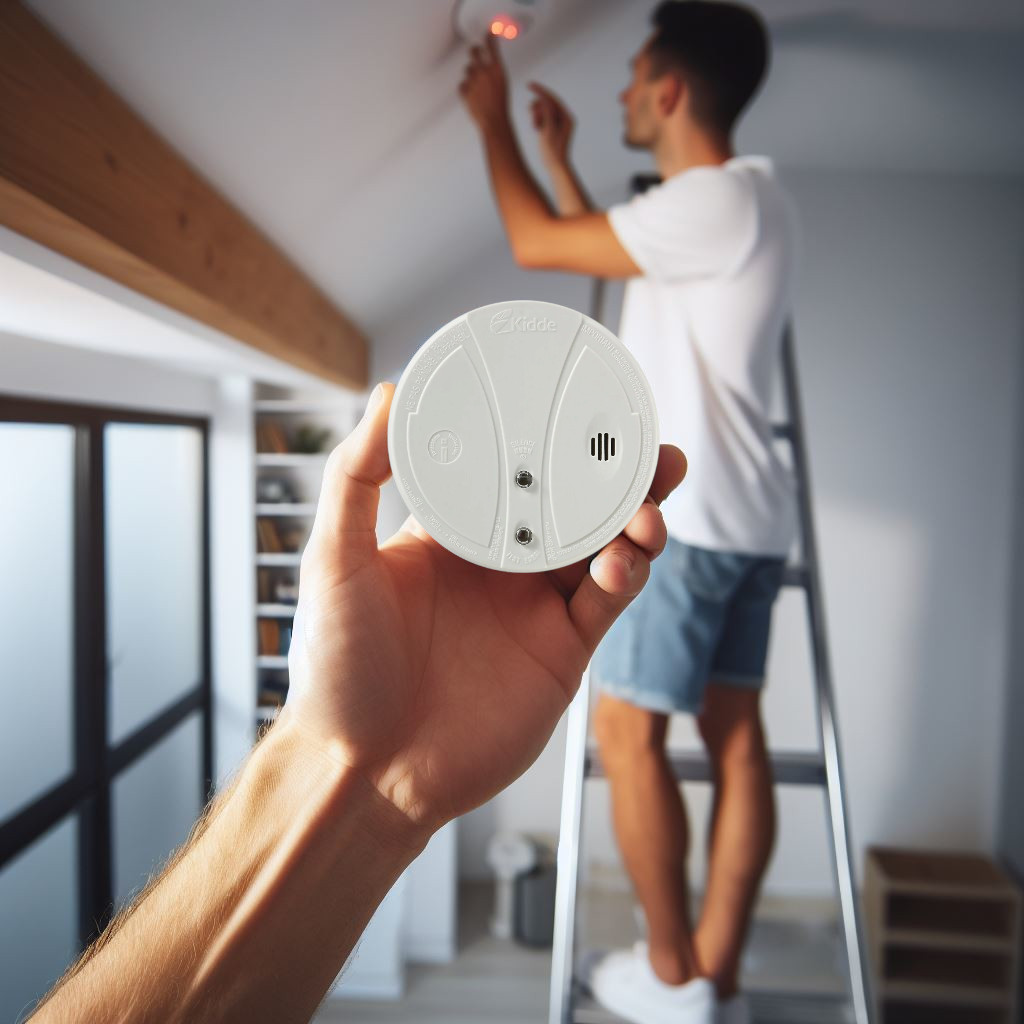Latest:
-
Carbon Monoxide Awareness Week
There may be an intruder lurking in your home from which no burglar alarm can protect you. Carbon monoxide is invisible and odourless and it can kill you in no time. Your fire department urges you to have your chimney, furnace and gas-fired appliances checked annually by professional technicians. And remember, only a carbon monoxide detector can alert you to the presence of this deadly gas. Install one today!
Quick Links:
- CO Alarms – It’s The Law
- What Is Carbon Monoxide?
- How To Prevent Carbon Monoxide
- CO Alarm Installation Requirements
- CO Alarm Questions & Answers
No matter the age of your home, if you have any oil, propane or gas-burning appliances, furnace or water heater, a wood or gas fireplace, or an attached garage, you must have working carbon monoxide alarms installed near sleeping areas. Ontario’s CO alarm law brings a consistent level of protection to all Ontarians.
Carbon Monoxide (CO) is known as ‘The Silent Killer’, because you can’t see it, taste it or smell it. The only way to detect the presence of the deadly gas is to install a carbon monoxide alarm. In October 2014, the Ontario Government formally enacted a law making carbon monoxide alarms mandatory in all Ontario homes at risk of CO. After April 15, 2015 homeowners and landlords with buildings housing 6 residential occupancies or less are required to comply with the law or risk penalties.
CO Safety Tips to Protect Your Family
- It is law in Ontario to install CSA-approved CO alarms outside sleeping areas.
- CO alarms are required by law to be replaced within the time frame indicated in the manufacturer’s instructions and/or on the label on the unit. Some new CO alarms offer sealed lithium batteries that last 10 years from activation.
- For optimal protection, install additional CO alarms on every floor of the home.
- Have a licenced technician inspect your fuel burning appliances annually, (eg. furnace, range, fireplace, water heater) to ensure they are in proper working order and vented correctly.
- For families with older parents or relatives, it is wise to help them inspect their CO alarms.
- CO alarms don’t last forever. They need to be replaced every 7-10 years, depending on the brand.
- If your alarm goes off get everyone out of the house, stay out and call 911! Exposure to CO reduces your ability to think clearly, so never delay if your alarm goes off and you sense a problem.

Symptoms of CO Exposure
Early symptoms of CO poisoning include headache, nausea and fatigue and are often mistaken for the flu. Carbon monoxide is known to disorient its victims and is most dangerous when people are sleeping and fail to wake up or realize they are at risk. Prolonged exposure to carbon monoxide can lead to brain damage and death.

-
Day Time Burning
As of November 1st day time burning is permitted. Please keep in mind that grass and brush fires are still possible in dry weather. Please monitor wind and weather conditions prior to and during any burning. Always ensure the area around any burn pile or campfire is clear of any easily ignitable dead brush or debris, a water source is easily accessible to extinguish the fire, and that no fire is ever left unattended at any time. If you have any questions, please call our office at 613 332-2442.
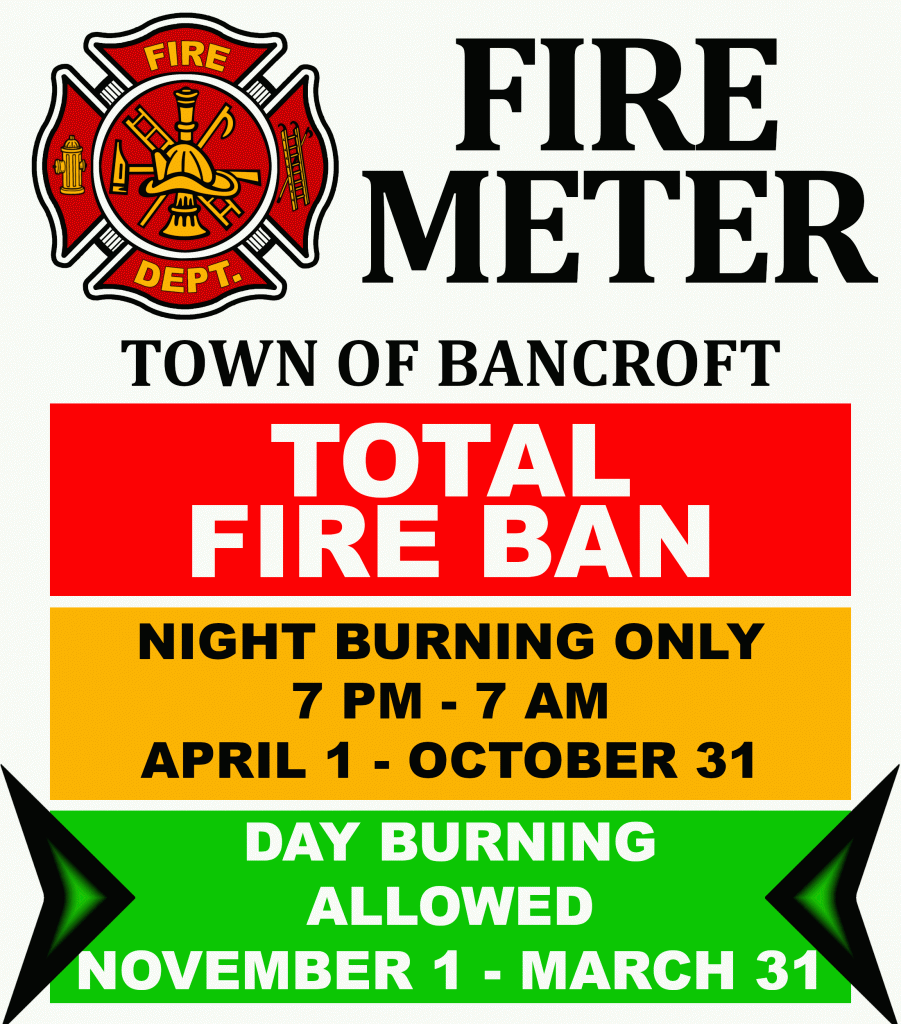
-
Time Change Reminder: Sunday November 2nd, 2025
Just a friendly reminder that with the time change this Sunday it is the perfect time to double check the batteries in your smoke and CO alarms! If your alarm uses replaceable batteries, even if they are just back ups for hardwired units, it is a good idea put in fresh new ones, even if they aren’t that old (you can always keep the old batteries and use them in your TV remotes). Make sure you test your alarms once you install new batteries to ensure there is a good electrical connection. If your alarms use built-in lifetime batteries, you should still test your alarms and double check their expiry dates to ensure they are up to date and working properly! Remember, smoke and CO alarms expire after 10 years from their date of manufacture.
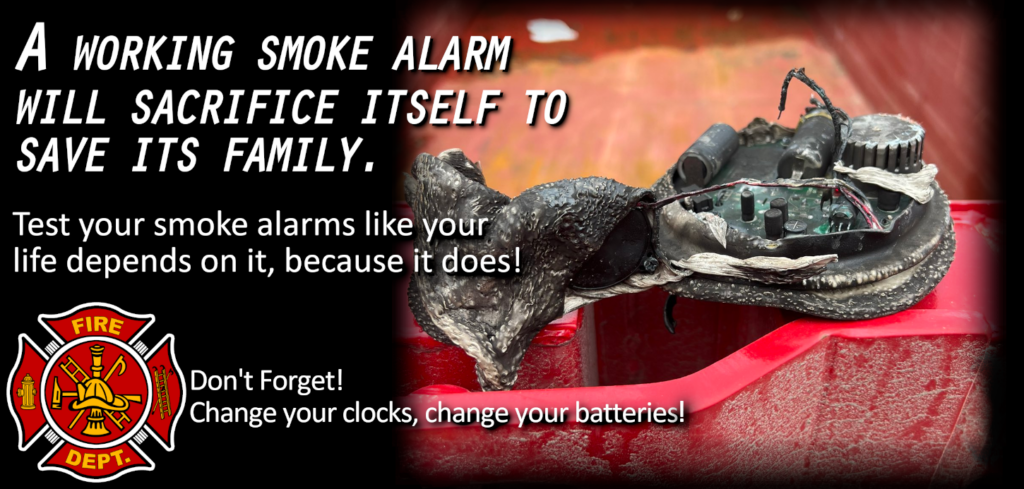
Latest Posts:
